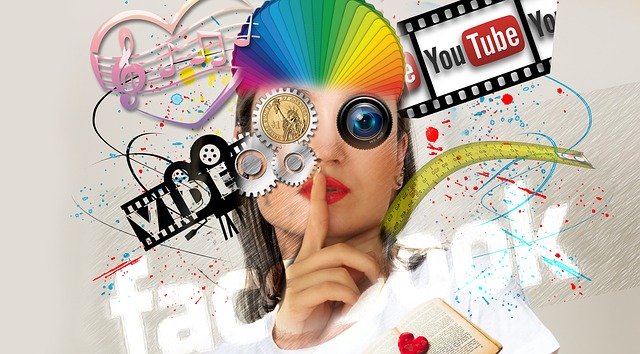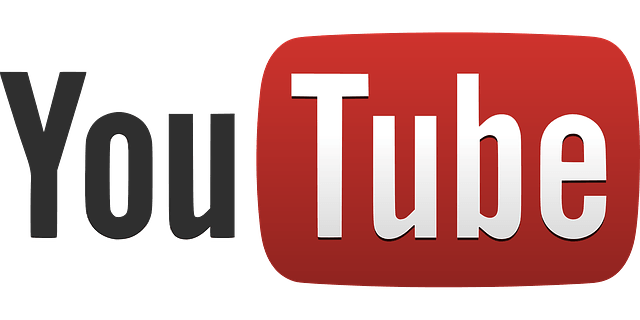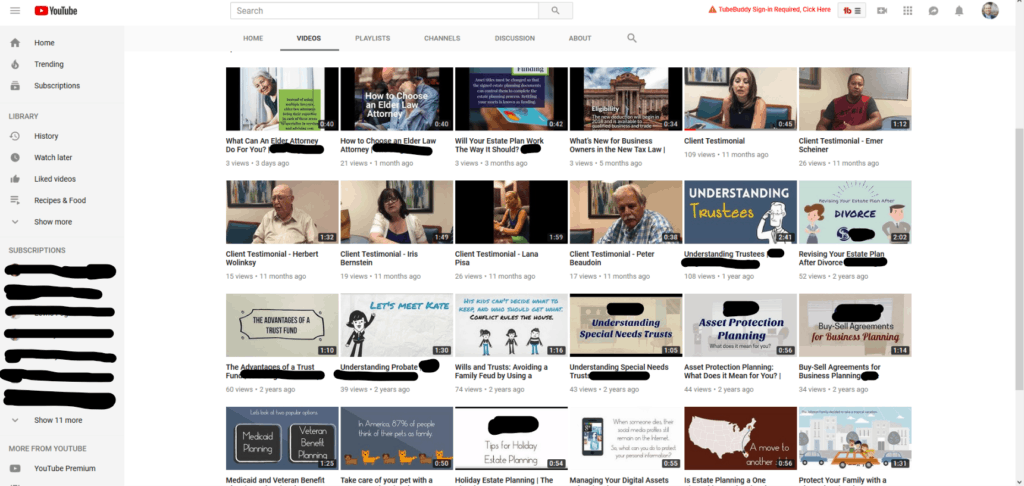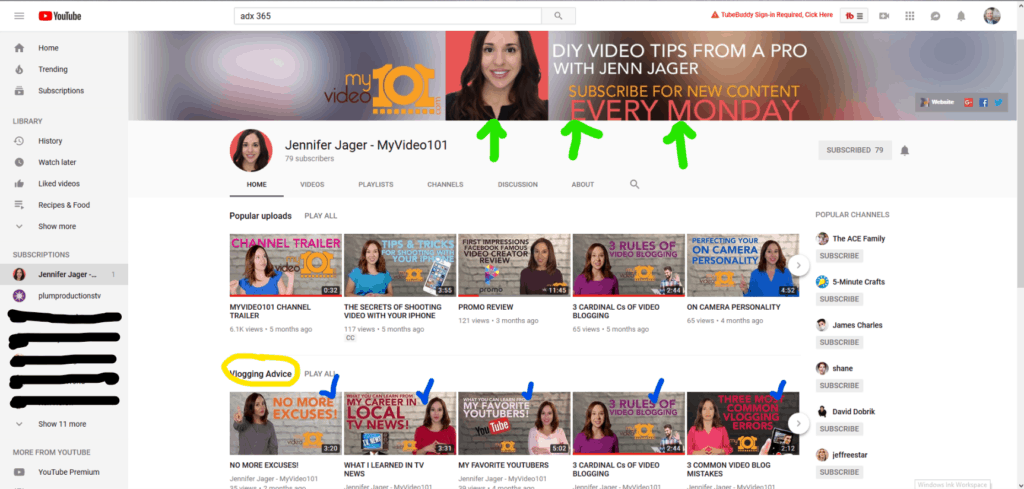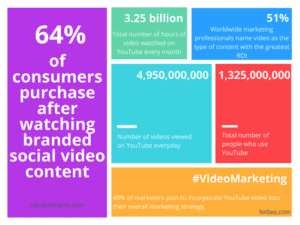In the restaurant business, there are essentially four ways to increase your sales:
New Trial
Marketing activities related to new trial are used to acquire new customers. One way to get new customers is through referrals or recommendations. Getting a recommendation from a friend is one of the top ways to increase new trials. So how does video fit into this? Consider this:
One way is to send an email campaign to your current customers asking them if they like the restaurant enough to share their experience with their friends. The location should craft a message (let us know if you need help) that informs the viewer what it is they should do to share their experience. Is it do a review on Google or Yelp or TripAdvisor? Is it forward this message to a friend? There are several more, but you get the point.
Ask your customers to create their own video or photo and post it to your social media page (you’ll be monitoring, of course). Ask them to tag their friend when they do. If the friend shows up at the restaurant, ask them to show you the video and their name…give them a special price, dish, or drink. You’ll get the whole town talking about you.
Building Frequency
Now it’s time to get them back in the door. Your image and reputation are critical. Before you can expect someone to return, it is important that the dining room, the kitchen, and the bar all performed to the expectation of your customer. Before they leave, you probably already asked them what they would have improved about their experience. This is important later, in your marketing materials, because you’ll want to focus your message on the things people were positive about while you work to improve items that detracted from their experience.
If you’re a large scale operation, it can be tough to get good feedback. It is critical to get email addresses from your customers to answer a survey. Keep it simple. Add a layer to this tactic by creating a video with a message of, “We want to know what you thought of us… and please be honest” can significantly increase the likelihood of getting the survey filled out. Make sure you ask about their food and beverage experience individually and collectively. Try to keep the survey to less than 2 minutes to fill out.
Incredible customer service always brings them back. Consider a quick service restaurant where each meal is made to order. What if you noticed a person coming back after their first time. The staff should recognize this, thank them for returning and ask them if they’d like to try the same meal they did yesterday with the same toppings…and list them. You’d have to jot notes down the day or two before when they came in but if you rattled off their favorite toppings before they ordered, they’d be impressed! That’s full service for your customer!
Increasing the Check Size
Create a secret menu only the staff knows about. This menu should contain a drink, side, or topping that matches the flavor profile (and costs a little extra). Every dollar counts in the restaurant business, and by suggesting a drink or side dish because they taste so good together, the average check size increases.
Enter video. Your advertising should match that concept. we’ve never seen a restaurant commercial with a single item focus…there’s always a matching side dish or drink. Need help creating the right flavor profile and video? We can help you there too!
Increasing the Party Size
Technically, you’re in the entertainment industry. So you should be the place to bring friends. Encourage it often…with every couple or group of four: “Please bring your friends next time.” Perhaps it’s a coupon that is for parties of 6 or more or it’s an advertisement that suggests that parties of six or more “Have more fun and get a free appetizer to get you started!” The ideas are limitless when it comes to how to increase the party size and every one of them can be supported by a video.
When it is time to ramp up the sales after we’ve come out of quarantine, let us know which area you’d like to focus on and we’ll help you get it done with video.
Image by bridgesward from Pixabay




